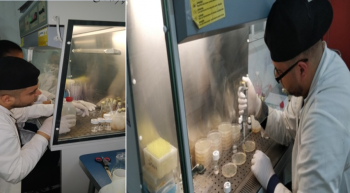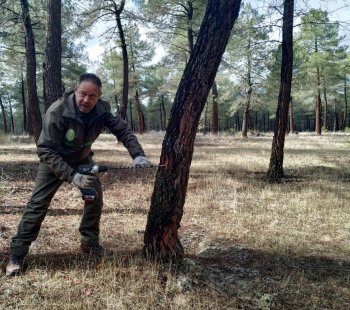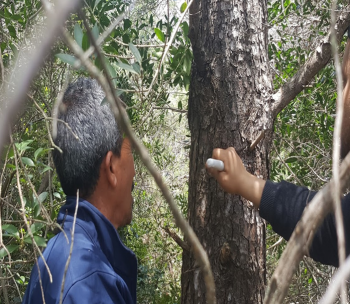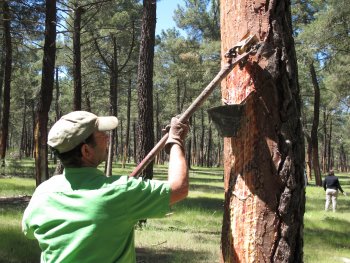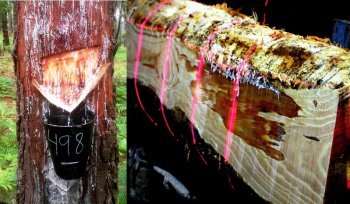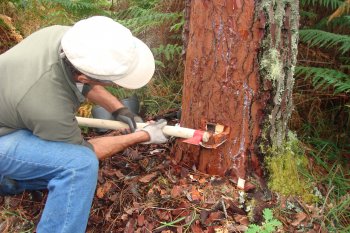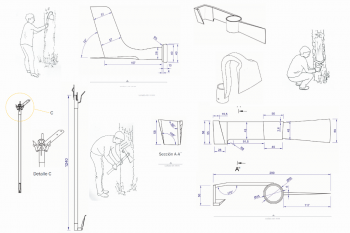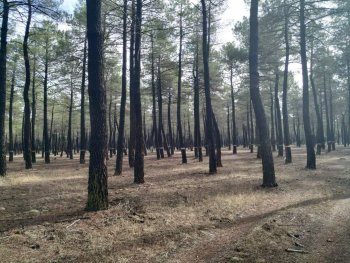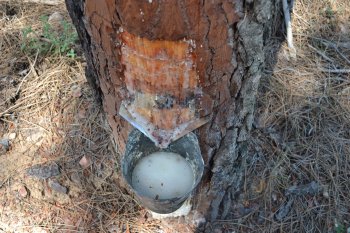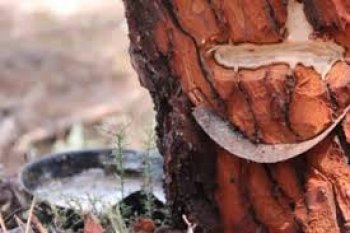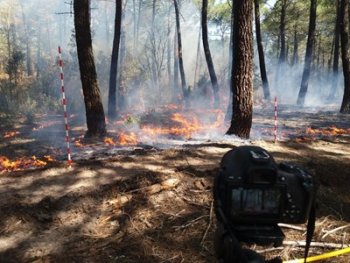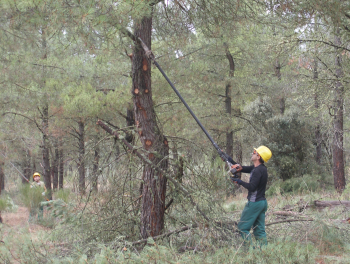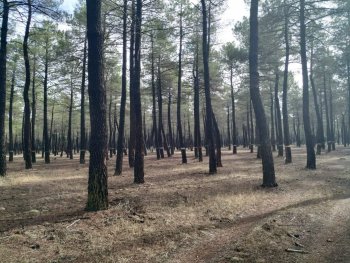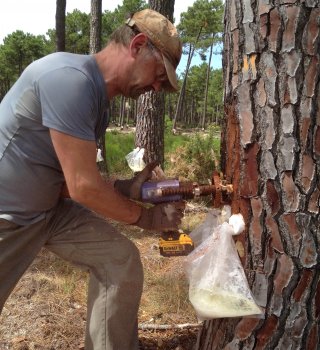Study of antimicrobial activity of pine resin in Tunisia
Submitted by ibtissem taghouti on 16 December 2019The wide potential of resin acids as bioactive agents could be considered as very promoting products for new applications of the natural forms and their derivatives.
The objective of the present investigation was mainly focused on the assessment of the biological performance of the resin. Therefore, the evaluation of the antibacterial activity of the three Tunisian pine species Pinus pinaster, Pinus pinea, and Pinus halepensis were conducted in order to control four pathogenic bacteria species.

